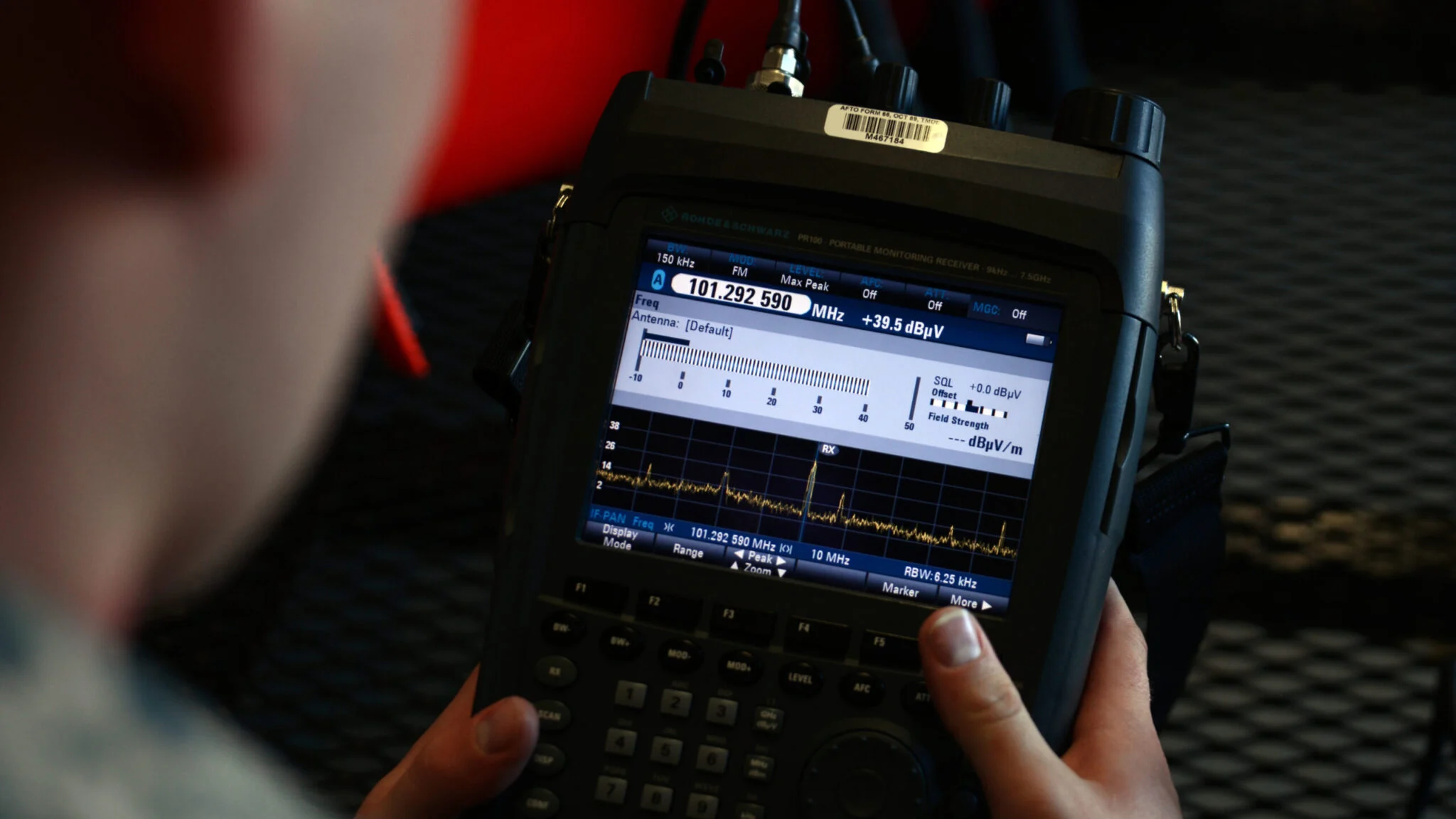Durante años, han advertido que los sistemas inalámbricos comerciales 5G podrían impedir que el Departamento de Defensa acceda a una banda clave del espectro utilizada para todo, desde probar tecnologías antidrones hasta rastrear misiles balísticos y ayudar a los aviones a evitar la colisión con aves. Equilibrar las necesidades de los proveedores comerciales de 5G y los beneficios económicos que podrían proporcionar con las prioridades militares ha demostrado ser un desafío importante. Ahora surge una idea: un complicado acuerdo tecnológico que requeriría niveles casi sin precedentes de cooperación entre el gobierno y la industria, así como un compromiso de ingeniería.
WASHINGTON — For years, Pentagon leaders have warned that commercial 5G wireless systems could prevent the Defense Department from accessing a key band of spectrum used for everything from testing counterdrone technologies to tracking ballistic missiles to helping jets avoid birds.
Balancing the needs for commercial 5G providers, and the economic benefits they could provide, with military priorities has proven a significant challenge. But now, Pentagon leaders say they have an idea: a complicated technological arrangement that would require nearly unprecedented levels of cooperation between government and industry as well as engineering heft.
In short, Pentagon officials know they need a spectrum sharing plan and want industry to help make it work.
Success is not guaranteed. But the outreach to industry shows what many observers once thought would never happen: that cooperation from the Pentagon on this issue is possible.
DoD leaders, including John Sherman, the Pentagon’s top IT official, met Monday with the National Spectrum Consortium, a group of more than 350 members of academia and industry who work with the electromagnetic spectrum, to take the first steps to outline a framework to share the bandwidth with industry and to kickstart a discussion on a spectrum management program.
“No surprise. We know that spectrum will be challenging,” said Kevin Mulvihill, the Pentagon’s deputy chief information officer for command, control and communications. “But we need to work together across industry, government and academia to explore potential ways to achieve spectrum coexistence for the benefit of the entire nation while ensuring that the spectrum sharing that we choose does not negatively affect the primary mission of the Department of Defense.”
The announcement came less than a week after the Pentagon released a redacted, congressionally mandated report on the feasibility of sharing spectrum, particularly in the band between 3100 and 3450 mHz.
In that report, the Pentagon laid out how the Army and Marine Corps used the spectrum for land-based radars to detect threats fired at soldiers on the move, how the Air Force relied on it for air traffic control following hurricane devastation and how the Navy counted on maritime radars for time critical strike coordination.
While the assessment for cooperation came with a tone of inevitability, the message was frank: “Spectrum sharing in the band is not feasible” unless certain conditions were met and the department followed rigorous testing with the Joint Force, it read.
Later, the authors wrote: “DoD is concerned about the high possibility that non-Federal users will not adhere to established coordination conditions at all times.”
DoD leaders used the meeting Monday to ask for help in finding a plan that could work.
As part of President Joe Biden’s infrastructure legislation in 2021, Congress told the Pentagon to study a rethinking of how it uses a band of spectrum, in part, as a way to generate billions of dollars in licenses and to spark innovation.
But, as a first step in that process, the Pentagon report found, commercial 5G systems cannot operate within the same frequency band as DoD systems without causing interference for radars that operate in the mid-band.
Several agencies supported the report’s findings, including NASA, the Department of Homeland Security and the Department of Commerce’s National Telecommunications and Information Administration.
Instead, the report suggested creating a system in which DoD essentially has first dibs and dictates which part of the spectrum can be used, in addition to where and when. That setup, referred to as the dynamic spectrum management system, is now in the earliest stages of development.
Officials said a small amount of funding is tucked into the fiscal year 2024 budget for such a system, and that defense leaders plan to ask Congress for more. In the meantime, a working group will meet next month to start examining what kind of spectrum sharing is possible.
“I’ll ask for your help as we all move forward because we believe bringing industry, academia, government together on these spectrum challenges is critical for our country,” said Air Force Col. Steve Trueblood, the deputy director for electromagnetic spectrum enterprise policy and programs. “This is a pivotal moment.”
In addition, the infrastructure law now requires the Secretary of Commerce to identify parts of the band of spectrum that could be put up for auction. However, the Secretary of Defense would also need to determine if the military could operate outside of those bands with no adverse effects.
Based on the results of that report, the Commerce Department could set up an auction system to bid and grant licenses on use of the spectrum as early as the next fiscal year.
Fuente: https://breakingdefense.com


